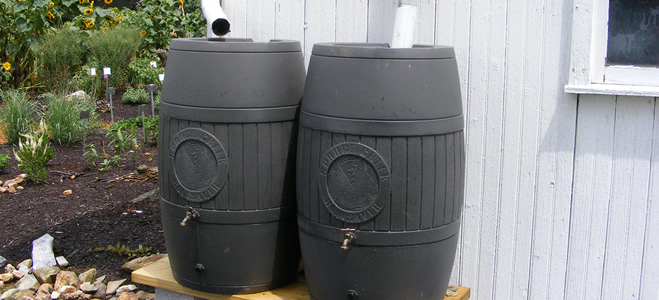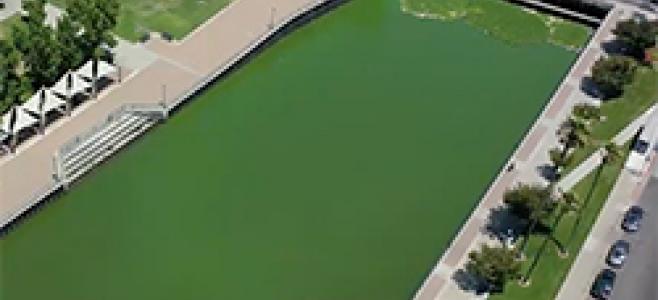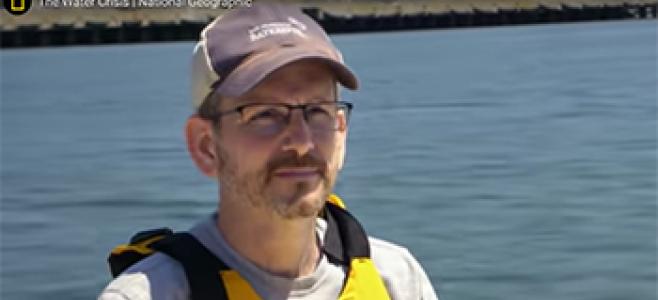
A coalition of 27 environmental, fishing, and public policy groups, including Baykeeper, have released Wetter or Not – Actions to Ease the Current Drought and Prepare for the Next, a comprehensive set of recommendations to address the impacts of a sustained drought. Organizations taking part include the California Coastkeeper Alliance, the Natural Resources Defense Council (NRDC), and the The Bay Institute.
As California faces its third year of drought, it is imperative that state, federal, and local agencies, as well as legislators, ensure that the funds in the recently approved water bond are spent in the most environmentally sound manner. If water bond funds are spent effectively and efficiently, California can tap into the enormous potential to develop millions of acre-feet of new water for the state.
The current drought is harming all parts of California, including the Bay-Delta estuary. Low flows are impairing salmon runs, increasing disease outbreaks among migrating birds, worsening the condition of other native wildlife, and contributing to an outbreak of potentially toxic blue-green algae in the Delta. Cities and rural communities have also suffered. In some communities that rely on groundwater, the only sources of water have run dry. If the drought continues, the impacts are likely to grow significantly.
The drought’s harmful impacts require comprehensive water policies to ensure that California has water supplies to protect its economy and environment both now and during future droughts. Precautionary actions in California now can increase stored water to meet future needs.
Baykeeper provided input for Wetter or Not’s recommendations for actions the state can take to improve the sustainability of California’s water supply and help the San Francisco Bay-Delta weather the drought. These Bay-focused recommendations include:
- Put water conservation first. State and local agencies should prohibit the use of potable water on commercial landscapes such as golf courses; establish a per-person indoor residential water use maximum; create comprehensive leak detection and response programs; adopt water pricing strategies to reduce water waste; educate the public to conserve water; and encourage replacement of lawns with drought-tolerant Bay Friendly landscaping.
- Accelerate the use of recycled water. State and local agencies should adopt better regulations for reusing water, including requiring wastewater treatment plants to facilitate the use of recycled water and requiring the use of recycled water in new buildings. The Bay Area should expand existing water recycling capacity and expand the use of recycled water for industrial and other non-potable uses.
- Capture and reuse stormwater. Cities should be required to capture and reuse more runoff on public property, and they should require that new and existing buildings use “green infrastructure” to capture storm water and reduce polluted runoff. State and local agencies should encourage residents to use rain barrels and other methods of capturing storm water runoff for reuse on landscaping.
- Support natural infrastructure. State and local investment in floodplain restoration and groundwater replenishment in the North Bay and Central Valley would improve water quality, buffer the Bay shoreline against sea level rise, and provide more water to the Bay-Delta estuary.
- Stabilize vulnerable ecosystems and fisheries. State and local agencies should develop local drought management strategies so that wildlife and ecosystems don't bear the burden of poor water management decisions, such as unnecessary water transfers during migratory periods that would negatively impact habitat.
Baykeeper has already begun collaborating with a number of local agencies, cities, and wastewater treatment plants to promote many of these recommendations to protect San Francisco Bay and create a thriving estuary that is more drought resilient. In the coming year, we will establish public education partnerships for water conservation, seek agreements with cities and industrial facilities to capture and reuse stormwater, and participate in the development of wastewater reuse policies.
Photo by green.thumbs (Flickr/CC)


